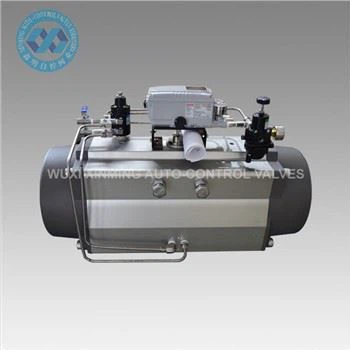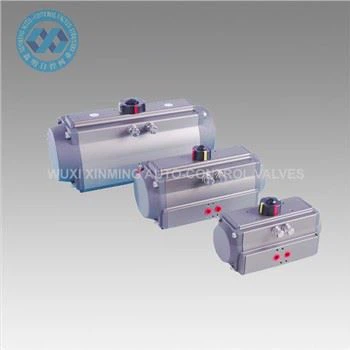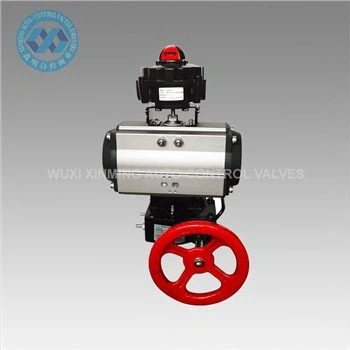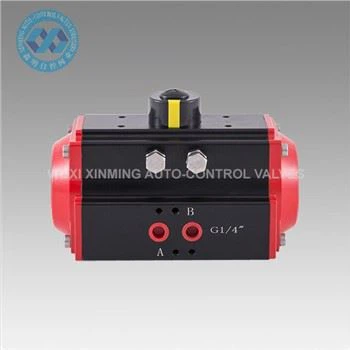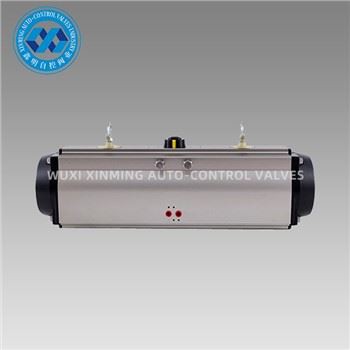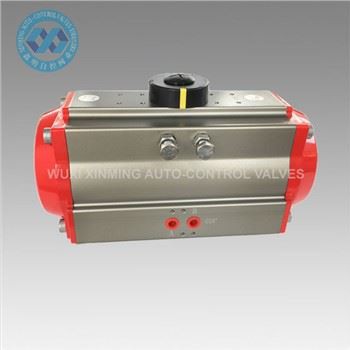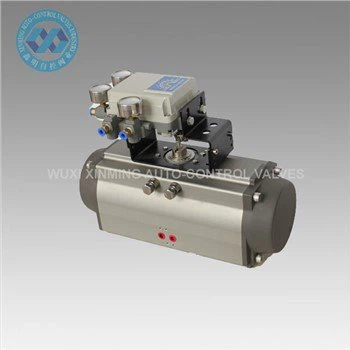Pneumatic valve actuators are essential components in industrial automation, enabling precise control of fluid flow in pipelines. By converting compressed air energy into mechanical motion, these devices regulate valves in sectors such as oil and gas, chemical processing, water treatment, and manufacturing.
How They Work
Pneumatic actuators operate using compressed air to generate linear or rotary motion. A typical design includes a piston or diaphragm that moves within a cylinder when air pressure is applied. This movement is transmitted to the valve stem, opening or closing the valve. Common types include spring-return actuators (air pressure opens the valve, while a spring closes it) and double-acting actuators (air pressure controls both directions). Their responsiveness and simplicity make them ideal for rapid, high-cycle operations.
Key Advantages
- Safety: Pneumatic systems are inherently explosion-proof, critical in hazardous environments like oil refineries.
- Durability: Built to withstand extreme temperatures, corrosive substances, and heavy-duty cycles.
- Cost-Efficiency: Lower upfront costs and minimal maintenance compared to electric or hydraulic alternatives.
- Speed: Capable of fast actuation, ensuring quick system adjustments.
Applications
These actuators are widely used to manage processes such as:
- Shut-off and throttling in pipelines.
- Pressure regulation in steam systems.
-
Flow control in chemical mixing or wastewater treatment.
Compatibility with valves adhering to standards like ISO 5211 ensures seamless integration.
Maintenance & Trends
Regular inspection of seals, lubrication, and air supply quality is crucial for longevity. Innovations like smart positioners and IoT-enabled actuators are enhancing real-time monitoring and predictive maintenance capabilities.
In summary, industrial pneumatic valve actuators remain a cornerstone of efficient, reliable process control, balancing performance, safety, and affordability. As industries embrace Industry 4.0, their role in automation continues to evolve, driven by advancements in connectivity and energy optimization.
If you want to learn more about low-priced products, please visit the following website: www.xm-valveactuator.com


